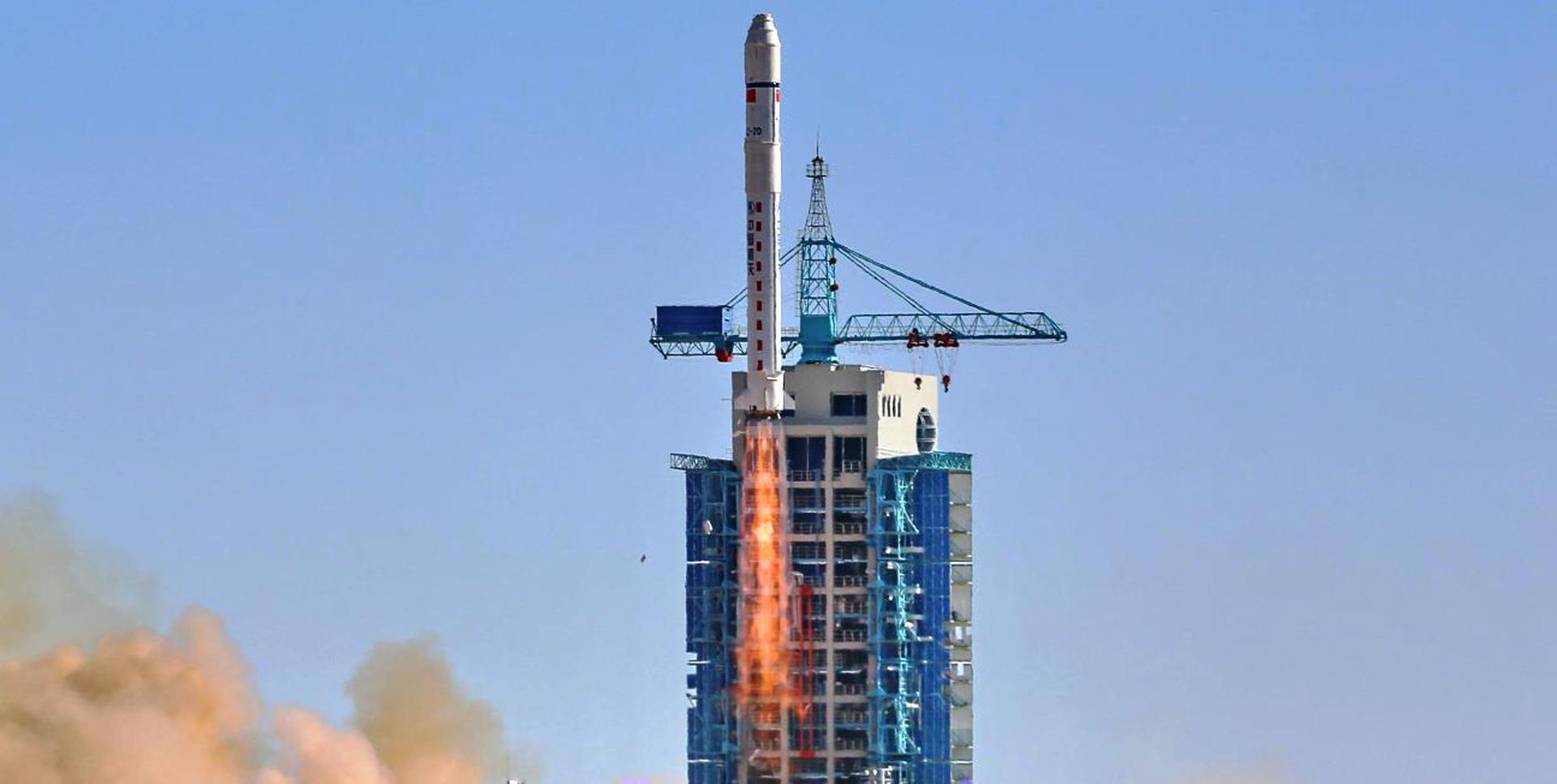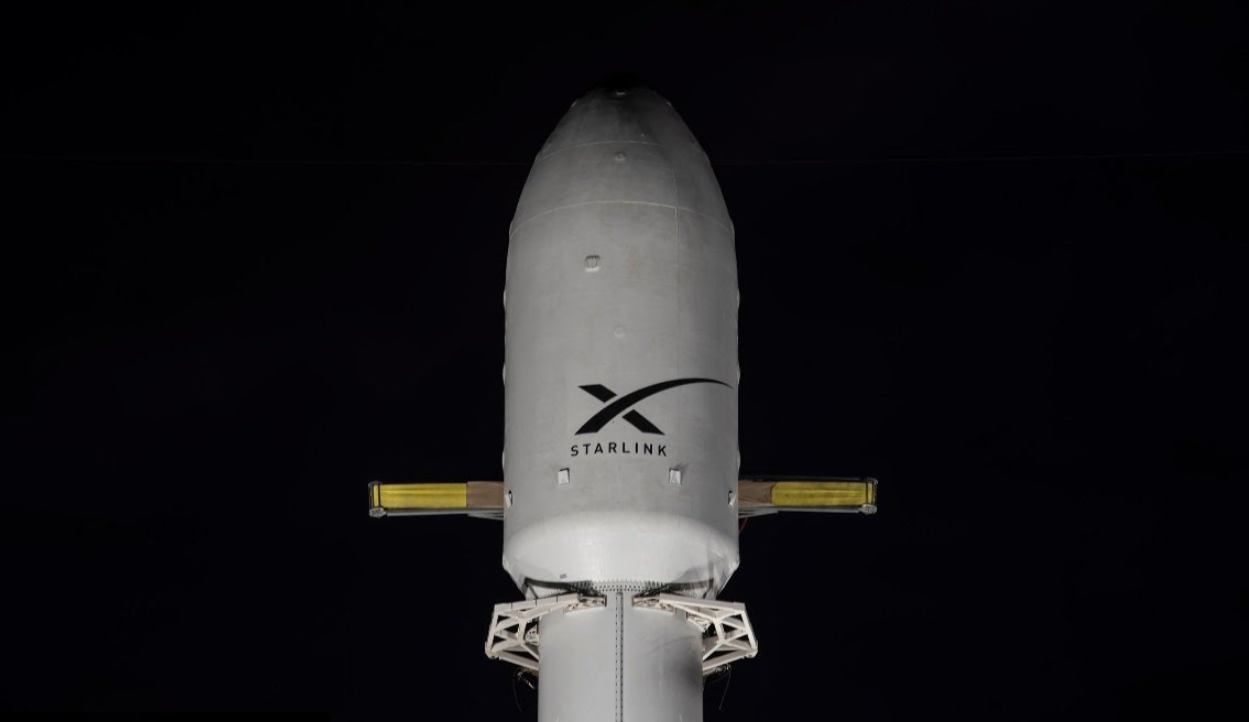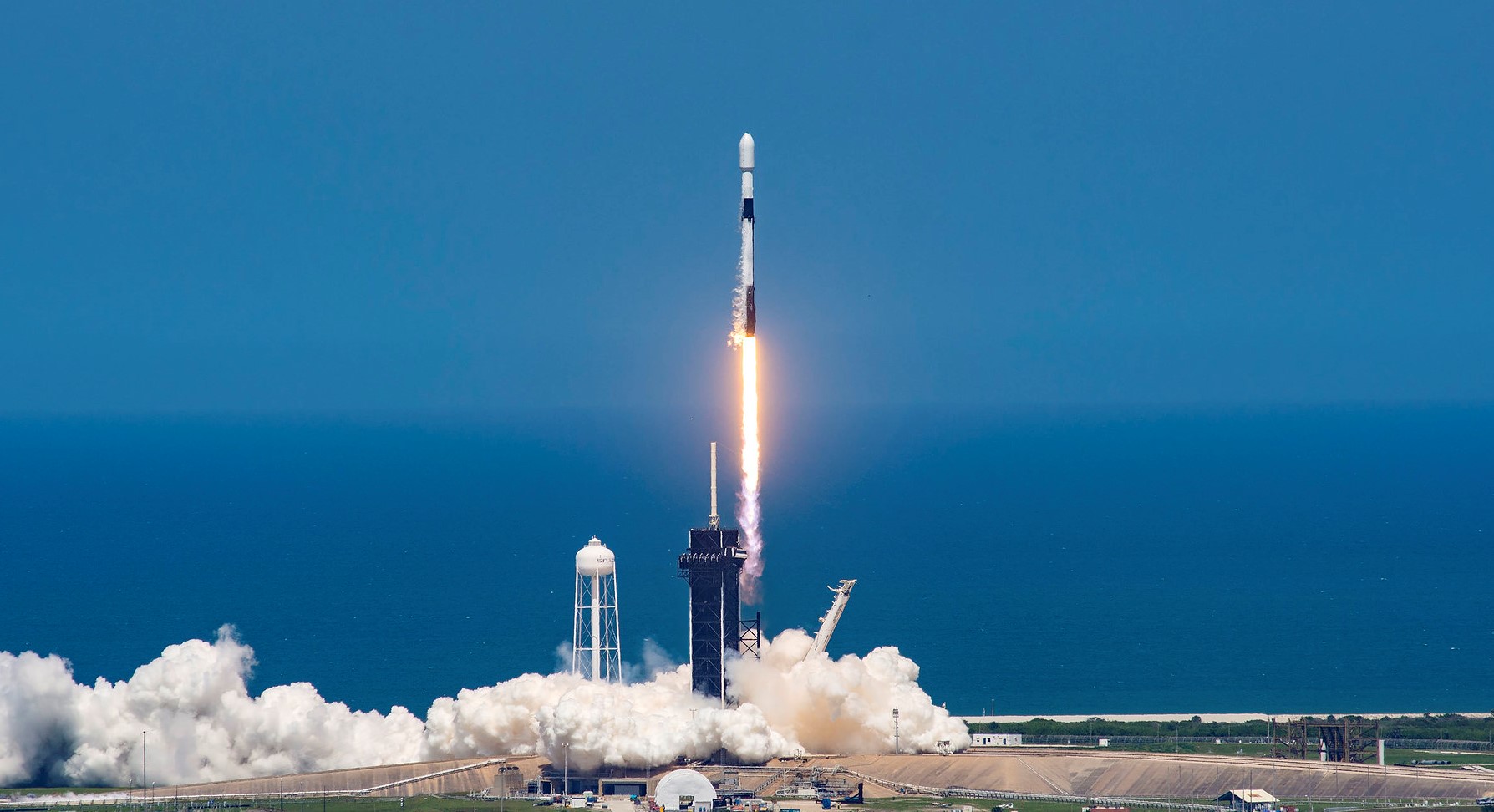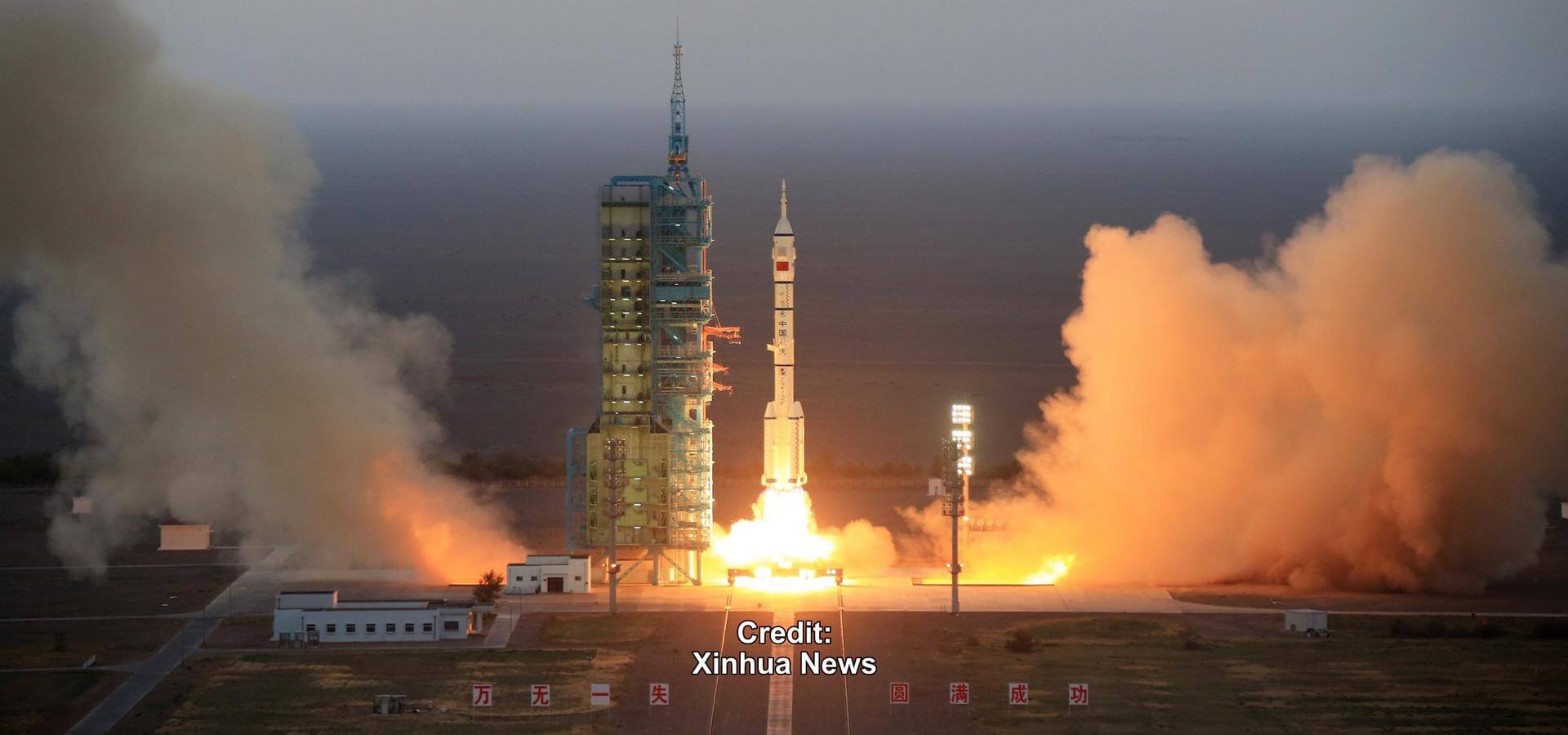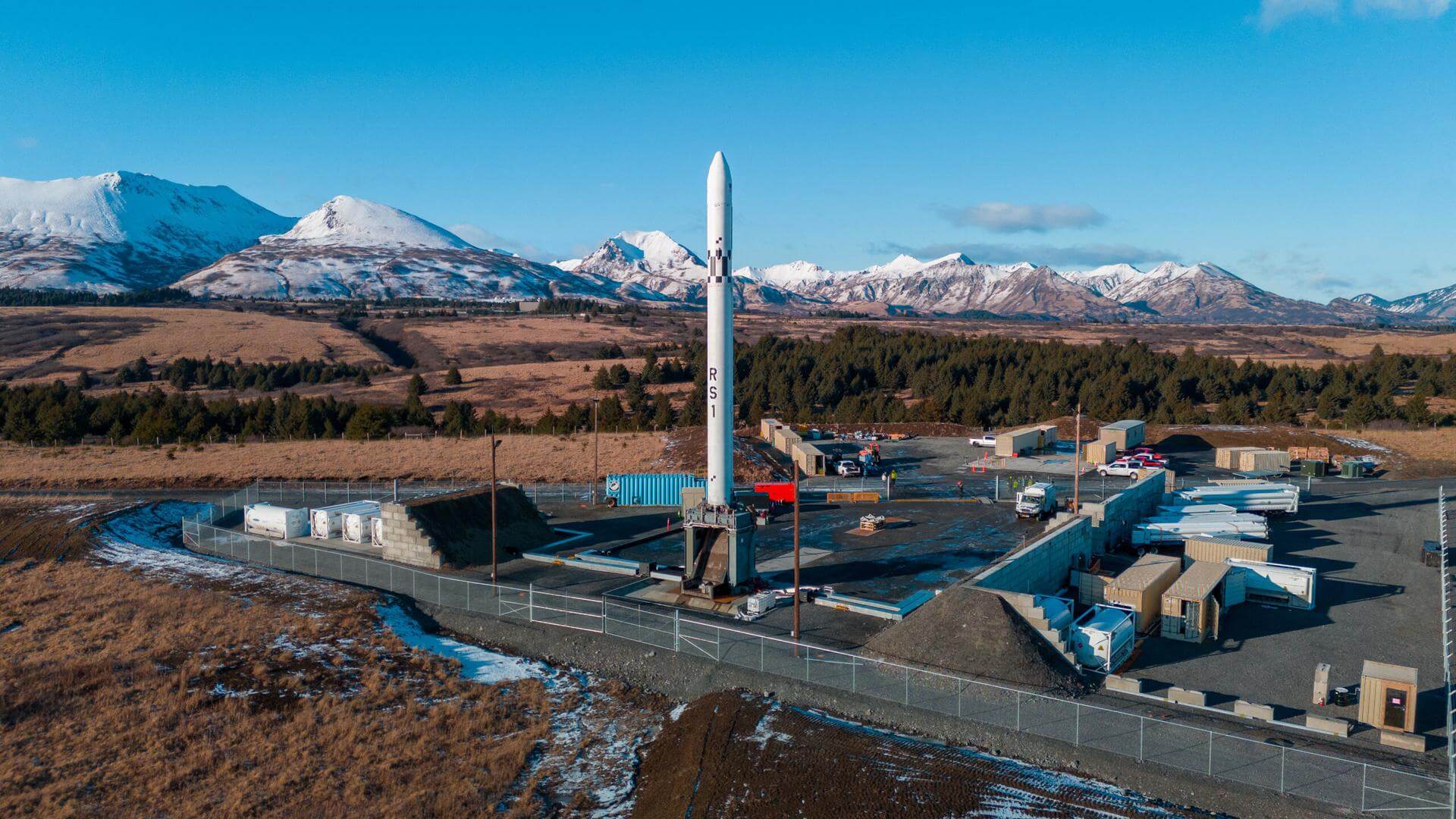Upcoming Spaceflight Launches
Filter by Agency, Locations or Vehicles
Show All LaunchesLong March 2D | Unknown Payload
China Aerospace Science and Technology Corporation | CHNXichang Satellite Launch Center, People's Republic of China
April 20, 2024, 11:45 p.m.
Falcon 9 Block 5 | Starlink Group 6-53
SpaceX | USACape Canaveral, FL, USA
April 22, 2024
Electron | Beginning Of The Swarm (ACS3 & NeonSat-1)
Rocket Lab | USAOnenui Station, Mahia Peninsula, New Zealand
April 23, 2024, 10 p.m.
Status: Go for Launch
Mission:
NASA's Advanced Composite Solar Sail System (ACS3) is a technology demonstration mission tasked with deploying a composite boom solar sail. NeonSat-1 is a high-resolution optical satellite by South Korea's KAIST that will be deployed as a technology demonstration for a planned future Earth observation constellation.
Sun-Synchronous OrbitFalcon 9 Block 5 | WorldView Legion 1 & 2
SpaceX | USAVandenberg SFB, CA, USA
April 24, 2024
Status: To Be Confirmed
Mission:
WorldView Legion is a constellation of Earth observation satellites built and operated by Maxar. Constellation is planned to consist of 6 satellites in both polar and mid-inclination orbits, providing 30 cm-class resolution.
Sun-Synchronous Orbit Unknown F9 - Maiden Flight Landing Zone 4Long March 2F/G | Shenzhou 18
China Aerospace Science and Technology Corporation | CHNJiuquan Satellite Launch Center, People's Republic of China
April 25, 2024, 12:59 p.m.
Falcon 9 Block 5 | Starlink Group 6-54
SpaceX | USACape Canaveral, FL, USA
April 26, 2024
Falcon 9 Block 5 | 2 x Galileo
SpaceX | USAKennedy Space Center, FL, USA
TBD April, 2024
RS1 | Flight 2
ABL Space Systems | USAPacific Spaceport Complex, Alaska, USA
TBD April, 2024
Falcon 9 Block 5 | Starlink Group 7-29
SpaceX | USACape Canaveral, FL, USA
TBD April, 2024
Falcon 9 Block 5 | Starlink Group 8-5
SpaceX | USACape Canaveral, FL, USA
TBD April, 2024
Falcon 9
Starlink Group 6-52
Space Launch Complex 40 - Cape Canaveral, FL, USAA batch of satellites for the Starlink mega-constellation - SpaceX's project for space-based Internet communication system.
Falcon 9
Starlink Group 6-51
Launch Complex 39A - Kennedy Space Center, FL, USAA batch of 23 satellites for the Starlink mega-constellation - SpaceX's project for space-based Internet communication system.
Long March 2D
SuperView Neo 3-01
Launch Area 4 (SLS-2 / 603) - Jiuquan Satellite Launch Center, People's Republic of ChinaCommercial Earth observation satellite built by CAST for China Siwei Survey and Mapping Technology Co. Ltd, with 0.5 m resolution over 9 image wavele…
Falcon 9
Starlink Group 6-49
Space Launch Complex 40 - Cape Canaveral, FL, USAA batch of 23 satellites for the Starlink mega-constellation - SpaceX's project for space-based Internet communication system.
Falcon 9
USSF-62
Space Launch Complex 4E - Vandenberg SFB, CA, USAFirst Weather System Follow-on (WSF) satellite. WSF-M (Weather System Follow-on - Microwave) is the next-generation operational environmental sate…
Angara A5/Blok DM-03
Vostochny Angara Test Flight
Cosmodrome Site 1A - Vostochny Cosmodrome, Siberia, Russian FederationFirst test launch of the Angara A5 launch vehicle from the Vostochny Cosmodrome. The rocket will carry a mass simulator payload.
Falcon 9
Starlink Group 6-48
Space Launch Complex 40 - Cape Canaveral, FL, USAA batch of 23 satellites for the Starlink mega-constellation - SpaceX's project for space-based Internet communication system.
Delta IV Heavy
NROL-70
Space Launch Complex 37B - Cape Canaveral, FL, USAClassified payload for the NRO. Last flight of the Delta IV Heavy rocket.
Falcon 9
Bandwagon 1 (Dedicated Mid-Inclination Rideshare)
Launch Complex 39A - Kennedy Space Center, FL, USADedicated rideshare flight to a mid-inclination orbit with dozens of small microsatellites and nanosatellites for commercial and government customers…
Falcon 9
Starlink Group 8-1
Space Launch Complex 4E - Vandenberg SFB, CA, USAA batch of 21 satellites for the Starlink mega-constellation - SpaceX's project for space-based Internet communication system.
